It’s been said that a zest for life is in a Cologner’s DNA. One can’t help but be swept away by this joie de vivre when visiting the capital of the Rhineland region.
Cologne is one of the most authentic of German cities: it’s managed to retain its historic feel while embracing modernity. Much of the city was rebuilt after the Second World War, but you can still find pockets of Gothic wonder amid Post War brutalism.
Founded nearly 2,000 years ago by the Romans, Cologne has always had a small town vibe even though it currently has a little more than 1 million inhabitants. Unlike other parts of Germany, where German reservedness is par for the course, Cologne is more laid back. Locals are friendly and open minded and take time out of their day to make you feel welcome. Residents follow a list of life rules, called “Kölsche Grundgesetz,” that define their laissez faire attitude. Combine that with a penchant for carousing and singing and you’ve got Cologners in a nutshell. Whether it’s alcohol or an ingrained sense of fun that gets them in the mood, Cologne is a merry city that attracts returning visitors year after year.
Stroll through streets teeming with Gothic spires. The brutalist Post War buildings are also a sight to behold—if that’s your thing. Relax by the Rhine in summer and enjoy a Kölsch beer, the city standard. Don’t be surprised if a friendly group of locals want to take you along on their tour of Cologne’s bars and after-hour clubs.
Eat
Like most German cities, Cologne does its native cuisine quite well and has its own iconic dishes. Germans love their schwein (pork) and Cologne has a variety of pork-centric dishes, many of which center on the knuckle. Schweinshaxe, made famous in Bavaria, is reinterpreted in Cologne. Roasted ham hock is served in a dense gravy with potato balls. It’s on practically every traditional menu in town. Try it at Haxenhaus, a 30-year-old tavern close to the Rhine that prides itself on its authentic vibe.
While traditionally a snack, mettbrötchen–a cross between pork tartare and bruschetta—can be relished for breakfast, lunch and dinner. Lightly salted minced raw pork sits atop a buttered rye roll. Leberwurst, aka liverwurst, is a staple of the region and you’ll see many locals savoring it on a bun with red onions.
Cologne’s most iconic dish has to be halve hahn. Rye bread is slathered with butter, raw onions and gouda cheese. Have it as a snack or as a pre-dinner appetizer. Most restaurants and breweries in the city have some version on their menu.
But Cologne is not just about German cuisine. A variety of chefs are crafting dishes that delight the taste buds of locals and tourists alike. We particularly love Le Moissonnier, a Michelin-starred restaurant in Neustadt Nord. French chef Eric Menchon established himself as the gourmand to watch in Cologne more than 30 years ago. His classic bistro features French cuisine with an international bent. Expect grilled tuna with miso paste or braised rabbit with kimchi.
Dined your fill? Then it’s time for some cold brews. Cologne is a city built on beer. Brauhaus FRÜH am Dom is the place to be if you want to learn about the city’s beer-making history and try a pint or two of the local style. The 100-year-old brewery features a beer garden and plenty of spots to enjoy a cold Kölsch and views of the city’s cathedral once the lights go down.
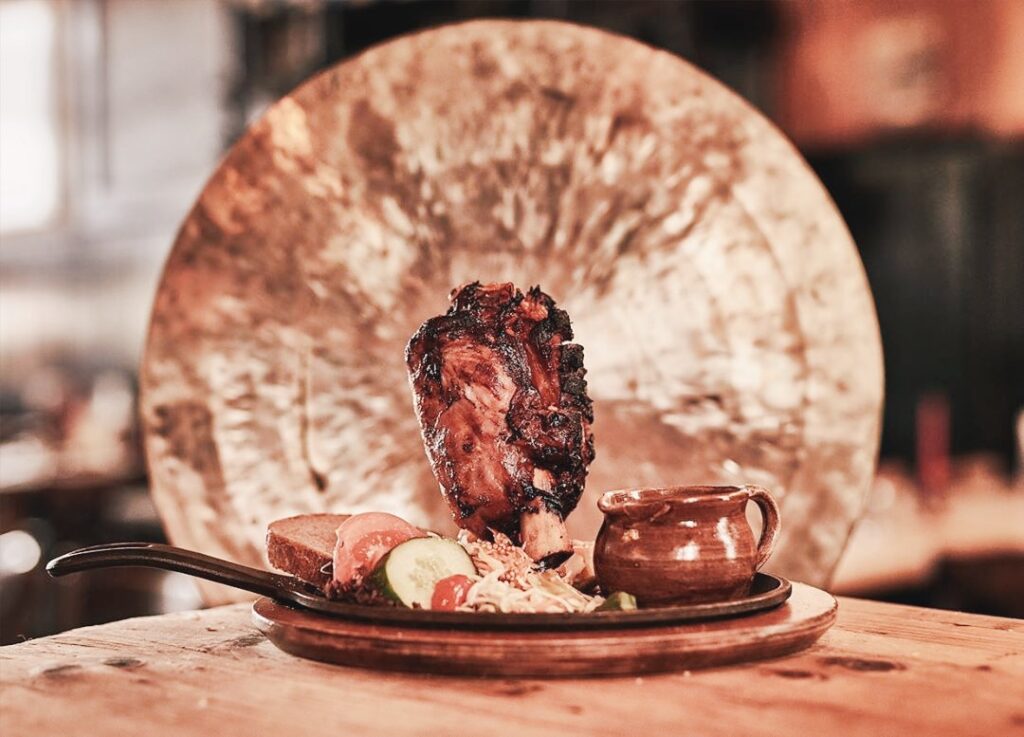
Haxenhaus boasts traditional cuisine in a tavern setting. Credit: Haxenhaus 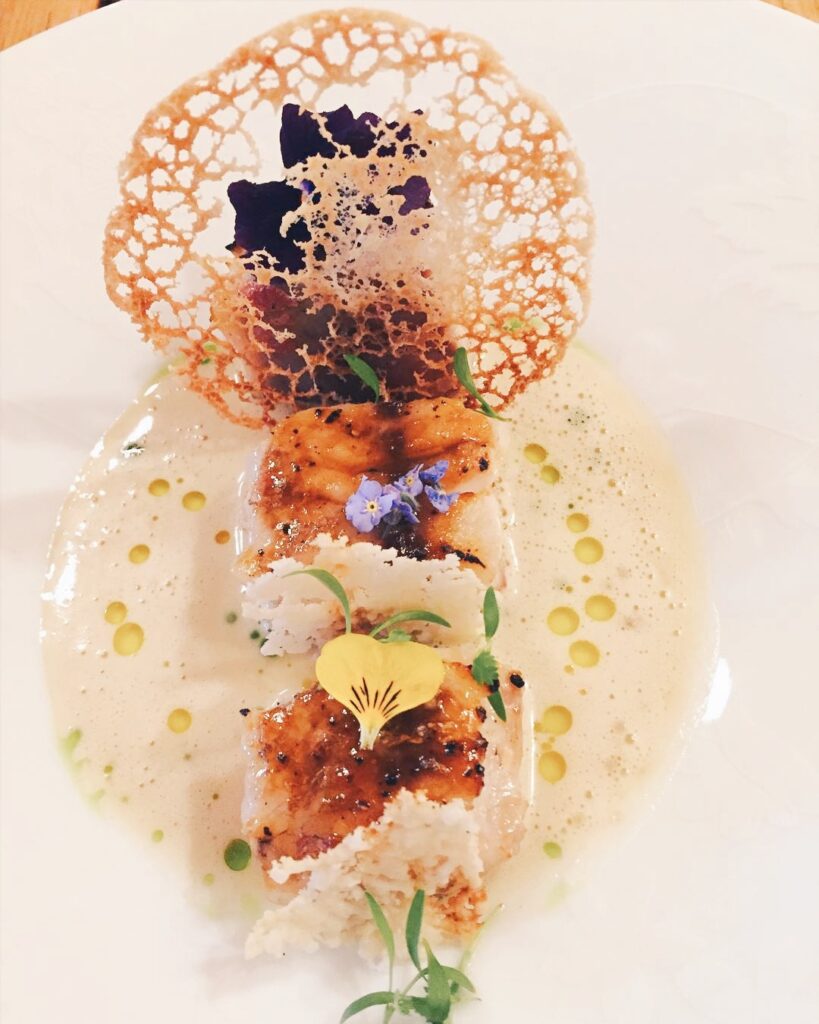
Classic French bistro fare gets a twist at Le Moissonnier. Credit: Le Moissonnier
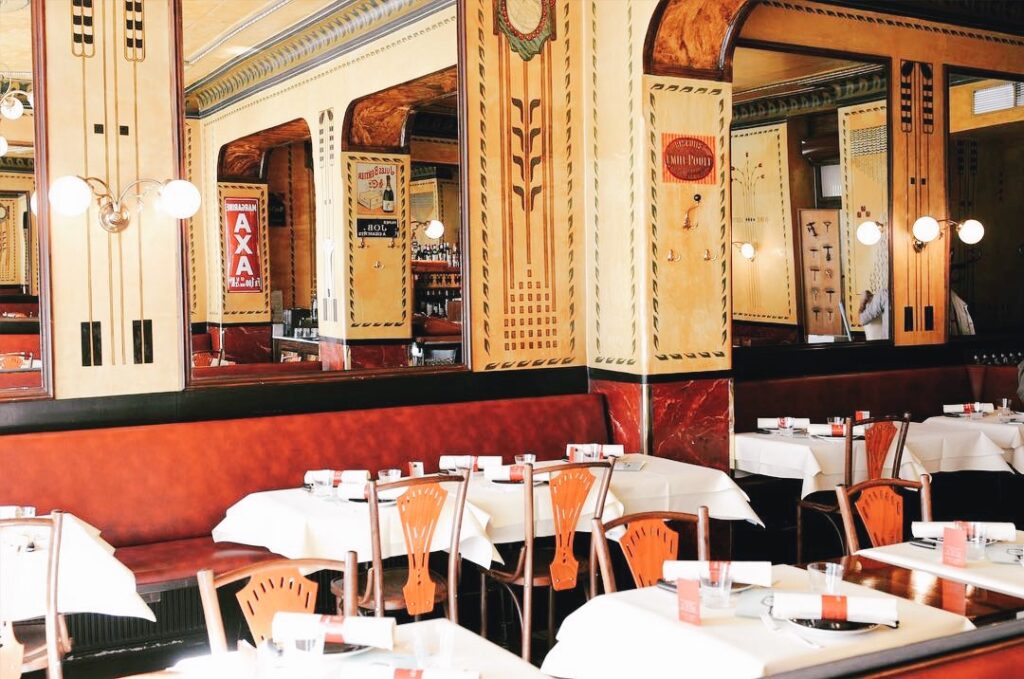
Le Moissonnier earned its first Michelin star in 1997. Credit: Le Moissonnier 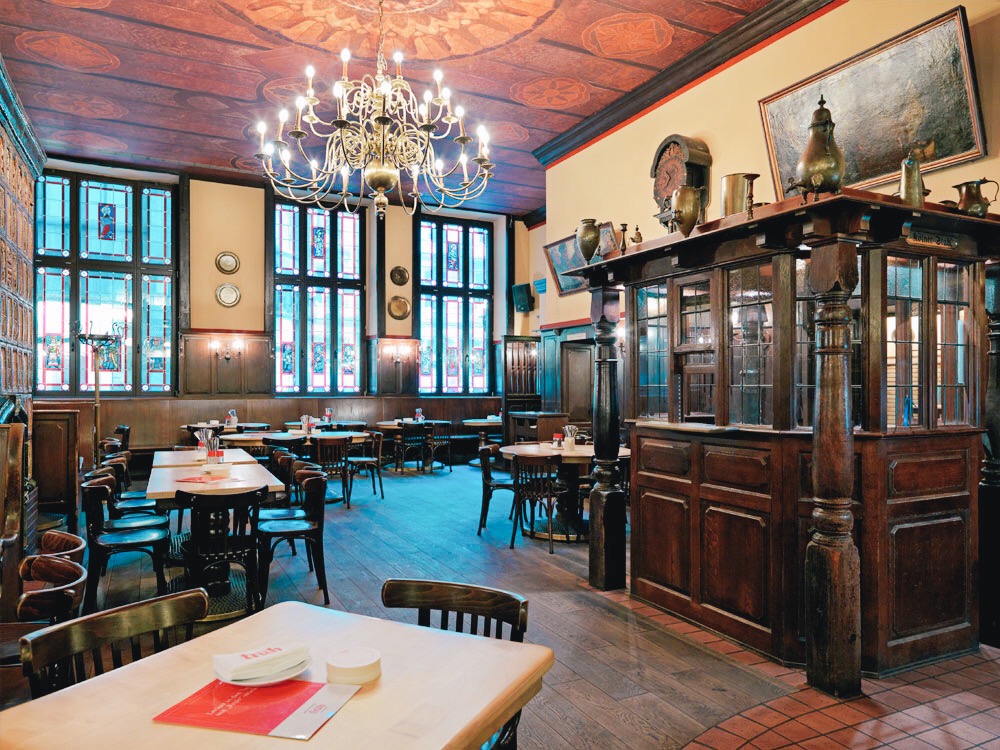
Brauhaus FRÜH am Dom serves cold Kölsch brews. Credit: Brauhaus FRÜH am Dom
Play

There are so many things to do in Cologne, it’s hard to find a place to start. A visit to Cologne wouldn’t be complete without a tour of its iconic cathedral. It took more than 500 years to complete the Gothic masterpiece, which, like Notre Dame de Paris, is the religious symbol of the city. Throughout the years of its construction, builders remained faithful to the original designs, adding transepts, pillars, spires and the like to cement its status as A UNESCO World Heritage Site. You can’t help but admire it as you arrive to the city by train.
Museum buffs will delight in the variety on offer in Cologne. Start your tour at the Museum Ludwig. Known for its modern art, the Ludwig is one of the premier European contemporary art museums. Love Pop Art? Head to the Ludwig for an intimate glimpse of Roy Lichtenstein’s M-Maybe (1965). Picasso more your groove? The Ludwig is home to Harlequin with Folded Hands (1923) and Woman with Artichoke (1941). From Modernism to Expression to nearly everything in between, the Ludwig boasts a permanent collection sure to dazzle even the most cynical art critic.
Art museums aren’t the only museums of note in the city. One of the biggest tourist attractions in Cologne is the Mustard Museum. Dating back more than 200 years, the Mustard Museum is the place to be if you’re curious about the origins of the condiment and Cologne’s hand in its creation. Docents educate guests in the particulars of garlic and Indian curry varieties and you can even try as many as you’d like.
End your journey at the Chocolate Museum. Situated on the harbor, the museum takes guests on a tour of the origins of cocoa as well as the process involved in making everyone’s favorite treat. Explore the history of chocolate and end your visit with a decadent chili hot chocolate with a dash of rum at the Grand Cafe.

The city’s iconic Gothic cathedral is a UNESCO World Heritage Site. Credit: Dominik Kuhn/Unsplash 
Cologne is a colorful city that attracts returning visitors year after year. Credit: Shutterstock
Stay
25Hours Hotels the Circle
Art and architecture collide at the 25Hours Hotel The Circle. Renowned Berlin interior designer Werner Aisslinger created a space that is both funky and functional. Retro-futurism is the concept here and you’ll find space-age touches throughout the 207-room hotel. Escape the every day at Restaurant NENI and the Monkey Bar on the 8th floor, both of which have a breathtaking view of the cathedral.
Rooms are spacious and carefully appointed with concrete ceilings, oval mirrors and wall hangings, colorful throws, rainforest showers and free Freitag bags for use during your stay. The bigger the room, the more amenities as so-called “Gigantic” rooms afford guests Smart TVs, free-standing tubs, samova teamakers, and ball chairs that make one feel as if they are in a Star Trek simulation.
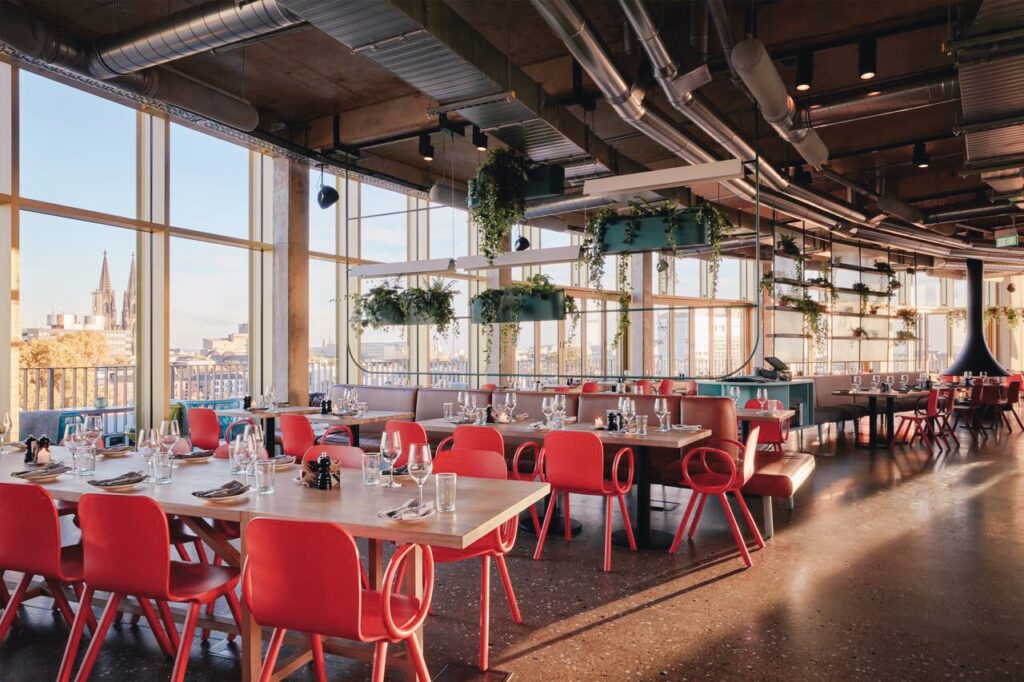
Retro-futurism is the concept at the 25Hours Hotels the Circle. Credit: Booking.com 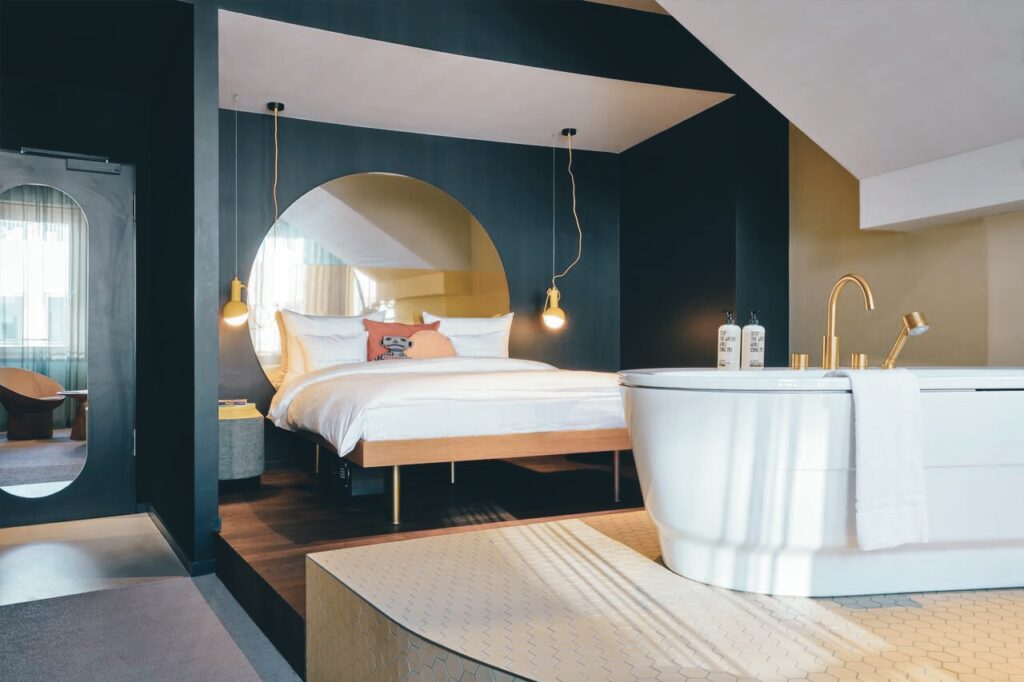
“Gigantic” rooms at the 25Hours Hotel the Circle feature free-standing tubs. Credit: Booking.com
CityClass Hotel Residence am Dom
A well-known, moderately priced chain in Western Germany, the CityClass Hotel Residence am Dom is a popular retreat thanks to its modern aesthetic and proximity to the cathedral. The boutique hotel—only 63 rooms—boasts color and luxury at a fraction of the price of high-end options. Expect velvet sofas and a sleek but minimalist bar in the lobby (where you can enjoy cocktails on the terrace in the summer). The carpeted single and double rooms come equipped with Wi-Fi, flatscreen TVs, air conditioning and velvet accents.

Except clean and modern rooms at the CityClass Hotel Residence am Dom. Credit: Booking.com 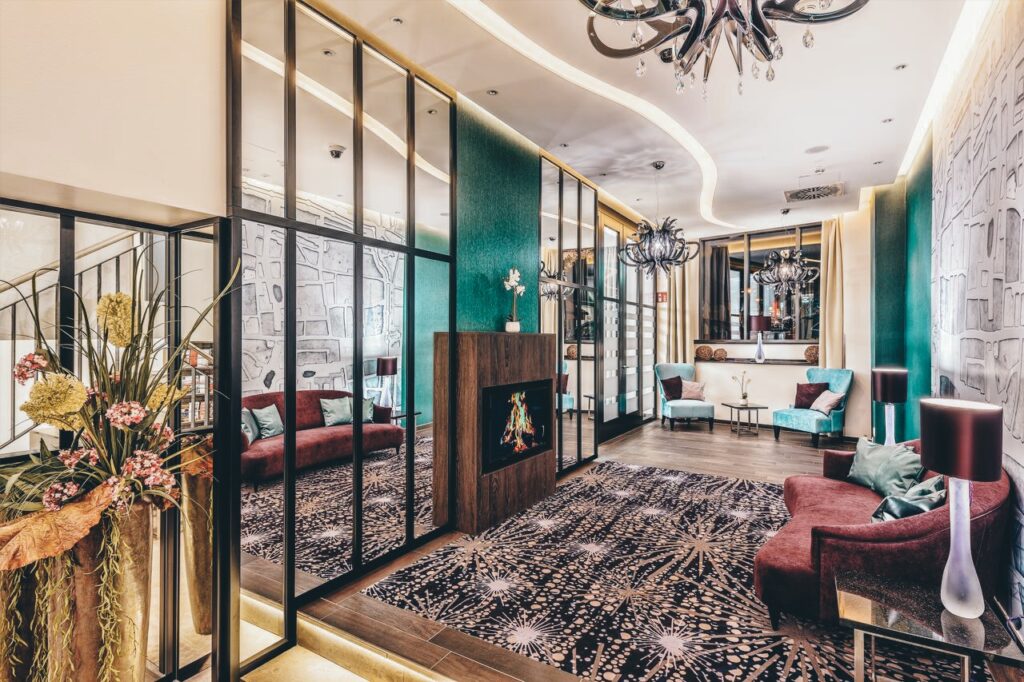
Color and velvet abound at the CityClass Hotel’s lobby. Credit: Booking.com
